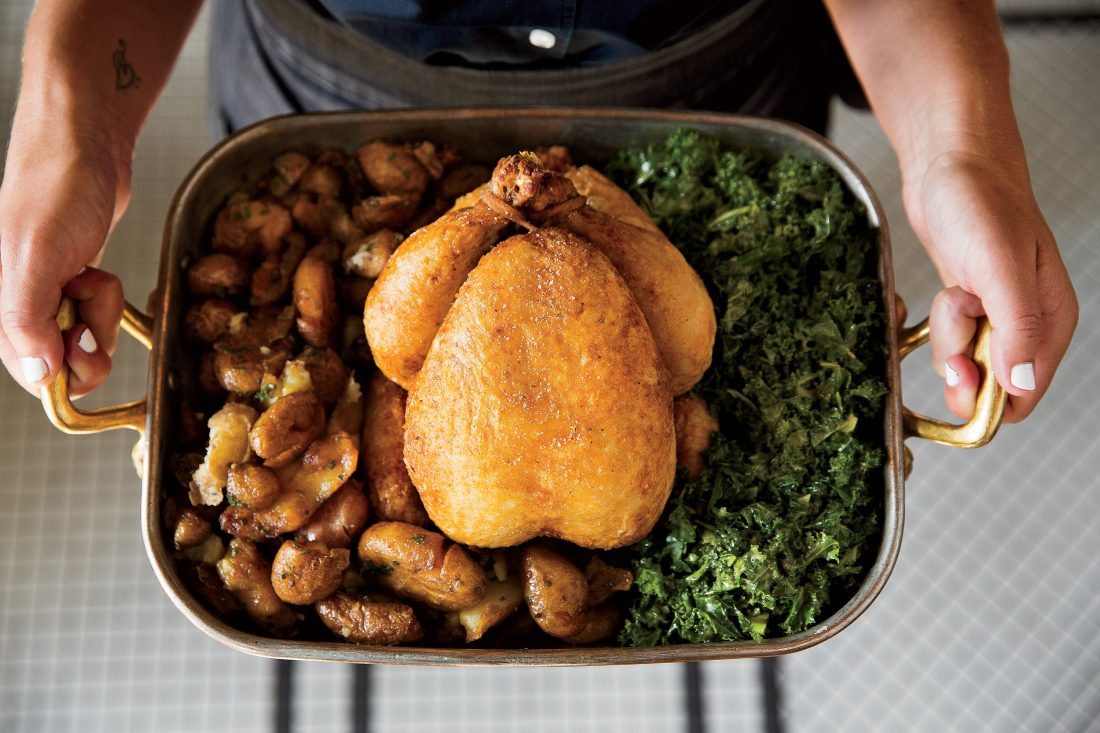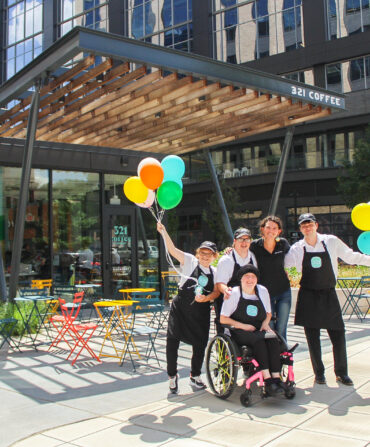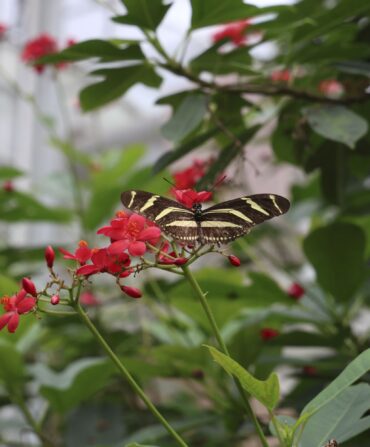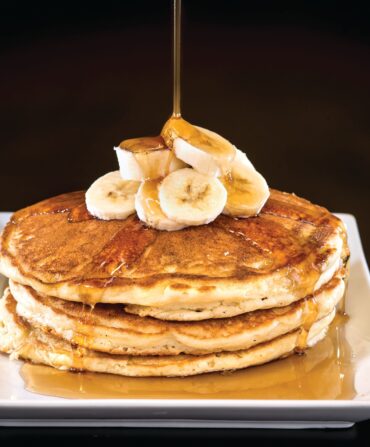Emmylou Harris, the red-clay songbird in the funky eyeglasses, ordered the whole chicken for her table. At least I think she did; the lighting was subdued that Sunday night, and I was trying hard not to stare. I’m sure that Alice Randall, the novelist who also wrote a number-one country song, ordered the chicken, because I stopped by her table to copy from her menu like a truant middle schooler facing a pop quiz. Presented tableside in a copper-trimmed serving dish, carved in the kitchen, and returned to the table with smashed fingerling potatoes and hashed kale in a grilled onion and sherry vinaigrette, that whole chicken has emerged as a perennial favorite at Josephine, an elegant restaurant with oxblood leather banquettes and a crystal-draped chandelier, set in the bustling 12 South neighborhood of Nashville.
Other famous people probably booked tables at Josephine that night. In Nashville it’s hard to tell who’s in the band (or the movie) and who’s just stylish and scraggly and modeling a cool hat. Everyone in this city seems to tell a story of spotting Dolly in the frozen-foods aisle or Possum at the liquor store, and Josephine has become a weeknight hive around which creative Nashville buzzes.
Here, no one begs selfies with Emmylou or Alice. Instead, all curry favor with Karen Little, front-of-the-house and wine savant, and her husband, chef Andy Little. The pair moved south together from Pennsylvania Dutch country in 2013, bringing with them dishes like torpedo-shaped pretzel loaves gill-cut along the sides, and house-rolled spaetzle brightened with whole-grain mustard and tossed with chewy pearl onions.

Photo: Luis Garcia
Pretzel bread with house-made mustard
Rather than grasp for Southern affect, Little tapped the German-inflected cooking of his youth and built a larder based on Tennessee farm goods. In the process he has forged a pan-farmhouse style that showcases the common rural roots of Southern and Pennsylvania Dutch cuisines. His pork scrapple haloed with pickle brine vinaigrette reminds me the dish is essentially Tennessee headcheese, cornmeal-battered and fried. No matter the latitude, this is farm-born food, reminiscent of a day when the spring bird served at Sunday dinner pecked the backyard on Saturday afternoon, and the summer squash harvest yielded yellow wigwams of vegetables daily.
Years back, when Alfred Portale was chef-king of New York City and vertical plating was au courant, I ate dinner with the culinary historian Jessica Harris at Portale’s Gotham Bar and Grill in Manhattan. At the time, Harris worked a side gig as restaurant critic for the Village Voice. We sat down for what I imagined as a lavish, expense-account-fueled dinner. I eyed the Jenga stack of stone fruit and foie gras. And the teetering scallops, perched on a raft of summer corn. Harris wanted none of it. I would like a whole roast chicken, she said, requesting an off-the-menu dish, arguing that classics are the best measures of chefs. Between bites of herb-blushed bird, delivered horizontal and swimming in pan sauce, I scoffed and pouted.
At Josephine, I flashed back to that dinner—and to my hubris. As Harris would have it, whole-chicken cookery is enjoying a renaissance. The NoMad in New York City codified the trend in 2012, when the restaurant began serving a truffle-perfumed whole bird with its feet attached. At Tosca Cafe in San Francisco, I recently enjoyed a similar preparation, drenched in a marsala pan sauce. Andy Little knows that score. He can brine and truss and cook a whole chicken until the breasts burst with jus and the thighs eat sweet to the bone. But the thing is—I realized one juicy thigh and one silky breast into my first meal of two at Josephine—Little doesn’t actually roast his chicken. My wife, Blair, helpfully pointed out that his whole bird, with a crisp auburn crust, has been deep-fried. At Josephine, Little both surfs and subverts the national trend.

Photo: Luis Garcia
Chef Andy Little
Little doesn’t always cleave to a farmhouse ethic of whole-animal cookery. Compared with the simplicity of many Josephine dishes, the thatch of arugula and pecorino atop the rosy-centered pork chop looks jaunty, like a church hat that got out of hand. His grilled and chilled asparagus, velveted in a brown-butter hollandaise, strewn with lump crab, and necklaced with sorrel leaves, tastes like it was secreted from the kitchen at Galatoire’s in New Orleans. Little dotes on rabbit, too, an animal long bagged for dinner by hunters across the region. Tossed with white dumpling bales that recall gnocchi and jeweled with bright lady peas, the dish tastes like chicken and dumplings might after graduate studies at the Sorbonne.
On the night after we saw Emmylou Harris and Alice Randall, we sat next to two young chefs from Atlanta who were traveling the South to eat. They had hit the high spots. Ryan Prewitt’s Pêche in New Orleans, if memory serves. Plus City House here in Nashville, home base for Tandy Wilson. Louisville, where Edward Lee reigns, was next, I think. Young chefs take trips like this frequently, surveying the field, taking a pulse on who and what will define the future. Stops at Josephine are new on these grand tours. But they may soon be normal, for artists who work in all media, from music to literature to food, recognize and respect when a colleague finds his voice and forges something singular, which is what Andy Little has done and what the restaurant Josephine delivers.








